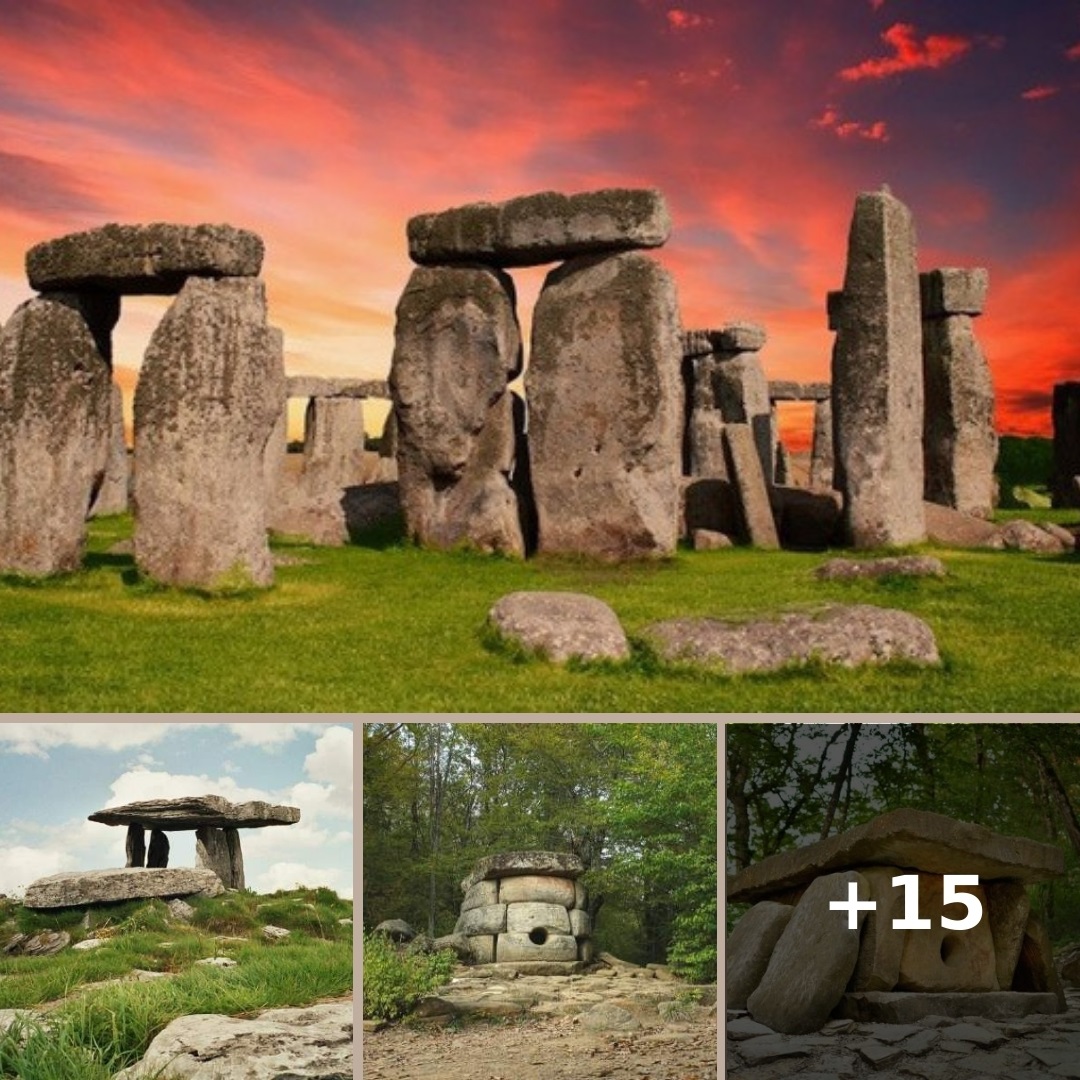When it comes to megalithic buildings, a familiar association immediately pops up in my head – Stonehenge. But few people know that ancient builders erected structures of a similar plan all over the world. So what are dolmens and why are they needed?
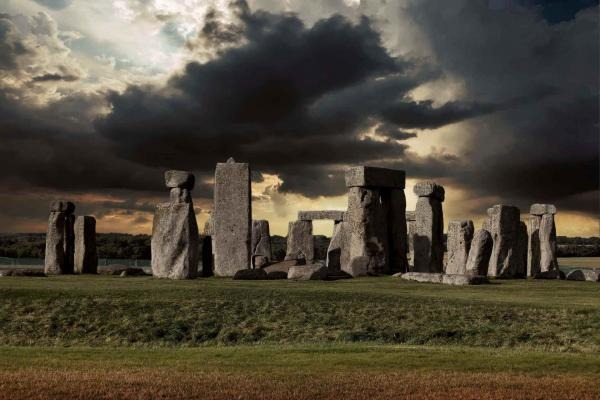
Stonehenge, a neolithic stone monument constructed from 3000 BC to 2000 BC.
A dolmen is a type of single-chamber megalithic tomb, usually consisting of two or more vertical megaliths supporting a large flat horizontal capstone or “table”. Such a roof can be up to 10 meters long and weigh several tens of tons. A notable feature of the dolmens is the unusual oval-shaped hole in the front slab. The ancient builders did not process the blocks from the outside, from which they created their extraordinary buildings, however, the stone walls and the ceiling were matched to each other so precisely that even a knife blade would not squeeze into the gap between them. Dolmens were built in the form of a trapezoid, a rectangle, and sometimes even circular structures are found. As a building material, either individual stone blocks were used, or a building was carved out of a huge stone.

Poulnabrone Dolmen, County Clare, Ireland © Ulrich Fox / Wikimedia Commons
The purpose of these megalithic structures is argued in the same way as about the meaning of the construction of Stonehenge. It is not known for certain yet how the peers of the ancient Egyptian civilization managed to work with such boulders (even possessing modern technology, it is now very difficult to build such a colossal structure). However, the answers to the question “Why are dolmens needed?” scientists do have it.
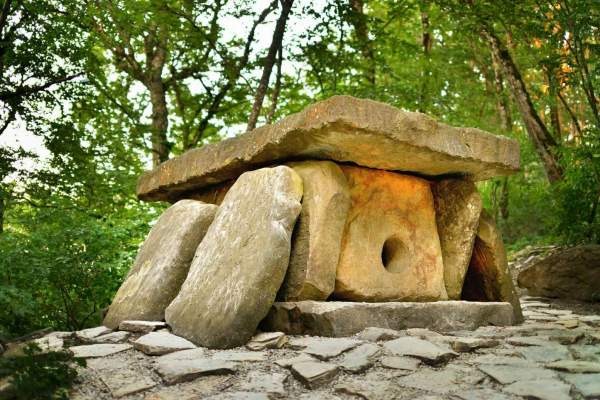
Burial dolmens continued to be used in the Late Bronze and Early Iron Ages © Pixabay
Some are inclined to believe that dolmens, like the pyramids of Egypt, are part of the information grid of the ancient world. Others believe that such structures were used as a final resting place for dying people. According to this version, dolmens are the same age as the Sphinx: they are more than 10,000 years old. Since ancient burials were almost constantly found near such megalithic buildings, some scientists believe that dolmens played the role of burial vaults for noble members of society, just like the Egyptian pyramids.
The list of assumptions also included the opinion that dolmens were cult structures, whose unique design influenced a person so that he could enter a special state of trance and predict the future (that is, dolmens could be places of shaman gatherings). There is also a version according to which dolmens are a unique device for ultrasonic welding. Scientists came to this opinion after studying a number of Celtic jewellery: their small parts were attached to the base using a technology that resembles the currently used ultrasonic or high-frequency welding.
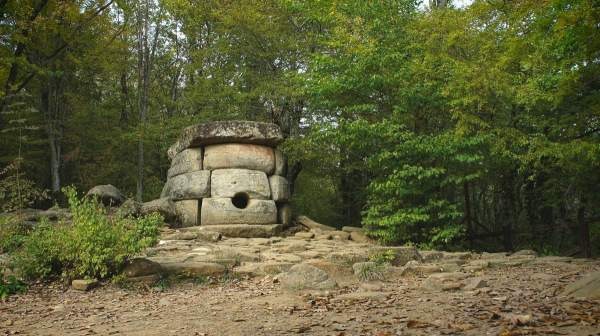
Caucasian dolmen of an unusual round shape © pxhere
Particular interest in dolmens arose also because, in the design of such a structure, bushings were used to close the oval hole in the front block. Why is there a cork in a building that, according to most researchers, served as a burial vault? Scientists do not have an unambiguous answer to this question, but they do not give up their assumptions.
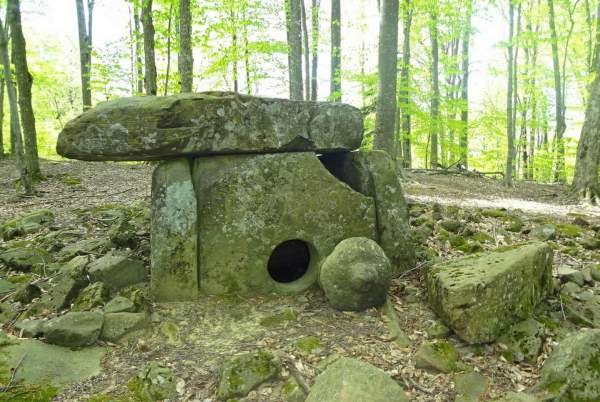
A rare dolmen, the cork of which has been preserved. Psebe village, Russia © Fochada / Wikimedia Commons
It is believed that dolmens can be a source of low-frequency vibrations that affect humans. Researchers attribute the role of an ultrasonic emitter to an unusual plug (today they are used in devices for focusing an ultrasonic flow, they are ceramic plates). The properties of the bushing in dolmens could be determined by the composition of the rock and the geometry of its surface.
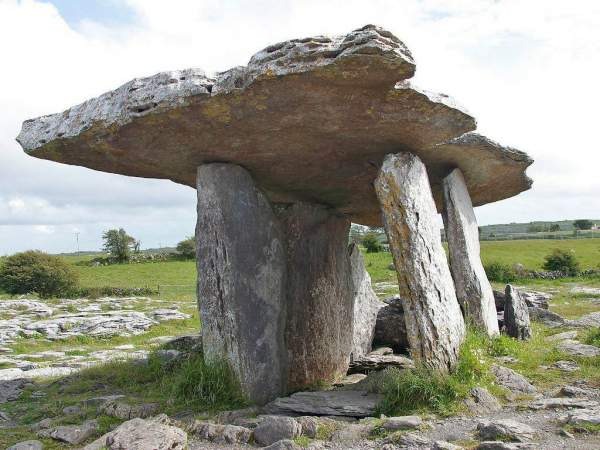
Poulnabrone dolmen, the Burren, County Clare, Ireland © Wikimedia Commons
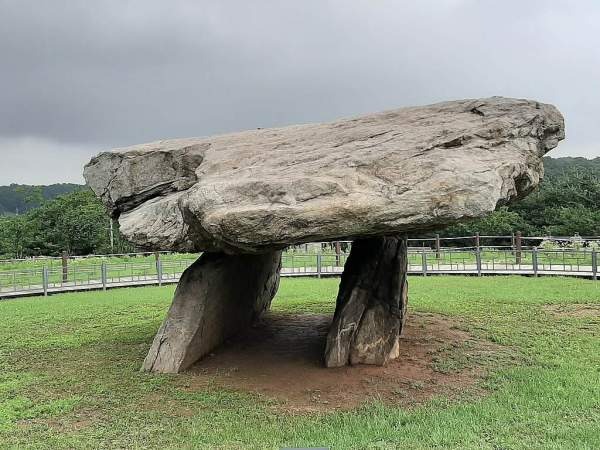
Dolmen at Ganghwa Island, South Korea © Wikimedia Commons
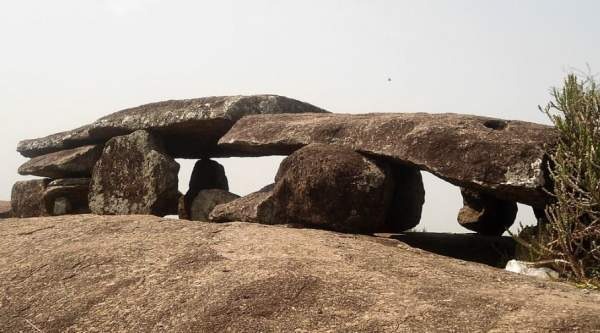
A Megalithic dolmen in Amadalavalasa, Andhra Pradesh, India © Wikimedia Commons

Lanyon Quoit, an approximately 5500 year old Dolmen from the Neolithic Age in Cornwall, England © Wikimedia Commons1of4
Around the world, Dolmens are found in valleys and on mountain tops. They were erected both singly and in small groups. There are even small towns of dolmens. Such megaliths were built in the coastal part of Europe, Asia, North Africa, and on the islands of Polynesia. There are also dolmens in the Crimea and the Caucasus. It is noteworthy that the further the building is from the sea coast, the smaller it is in size. Why this is so is still unknown.
The mystery of megalithic structures has been troubling the minds of mankind for many centuries. For example, the study of the Caucasian dolmens continues to this day. On the southern slope of the Main Caucasian ridge, modern researchers still find a large number of still unexplored megalithic structures of this type.
